AUGUSTA — Old Fort Western kicks off its 100th year as a museum with a Memorial Day weekend celebration and the launch of a fundraiser to create a replica of the former trading post at Cushnoc.
Saturday’s event helped launch what the city has dubbed the “Year of the Fort.”
Linda Novak, museum director and curator, said the organization hopes to finish the replica trading post by 2028, which would mark the site’s 400th anniversary.
Novak said the city approved the reconstruction project back in 2010, when the museum was led by Jay Adams, but it was soon put on hold.
“It wasn’t the time,” Novak said, adding that the upcoming anniversary in 2028 is its new completion goal.
She said they’re aiming to raise $250,000, because it will be built as authentically as possible and will become a future exhibit once completed. They hope to have the money raised by 2026, as they need to purchase wood from Canada that will require two years to dry.
According to Novak, the replica trading post will have a post and beam structure with earthfast construction, meaning that the vertical roof-bearing posts will come in direct contact with the ground.
“There’s no foundation,” she said. “And it either has a dirt floor or a plank floor. And it wasn’t until the 19th century when some of these structures survived that they picked them up and put foundations beneath them.”
She said that they are aiming to be as authentic as possible while still adhering to safety codes.
“Fire alarms and sprinklers, things like that I can’t avoid,” she said. “If I have the public go into it, I need that. I can’t avoid it.”
The replica will be built as close as possible to its original site, which would be on the front lawn of a church at 6 Williams St. The new structure will be a few hundred feet away on the lawn behind Old Fort Western.
Novak let the owners of the church know that, for the opening weekend event, they would like to stake out the exact original spot of the trading post.
“The pilgrims built the trading post here, and it was very active through 1628,” Novak said. “By 1636, this one trading post earns enough money to pay back their London backers. This is their most successful post. The Kennebec goes all the way to the headwaters of Canada, it’s a major trade work route, the Natives would come down, go to the coast or come up to go inland, so it took off and it was very profitable.”
Old Fort Western historian Cindy Arnold said the post was called Cushnoc because the pilgrims thought that was what members of the native Abenaki tribe named it. In reality, the word “cushnoc” refers to the furthest point upstream that an ocean tide generally reaches, but it was not intended to name a specific location.
Jonathan Yellowbear, living historian and Abenaki, said the pilgrims met the Cushnoc Abenakis as they came up from Plymouth to begin their trading venture.
“They were named for the place they lived, and what Cushnoc means in Abenaki is ‘end of tides,'” he said. “So the salt water comes from the sea when the tide comes in, it stops right about here, so that’s why it’s called cushnoc. And if you go further down where Gardiner is, you have the Cobbosseecontee River there. The Cobbosseecontee Abenakis lived there. There were three villages on that river by itself, and Cobbosseecontee meant a ‘place of the sturgeon.'”
Yellowbear said he is able to say greeting and parting phrases, and that he is currently learning more about the Abenaki language.
“It’s been a lifelong process,” he said.
Yellowbear said he hopes Old Fort Western is able to see the trading post project come to fruition, adding that he is working on a similar project with the town of Richmond to create a full-scale Abenaki village on Swan Island.
Saturday’s event featured tours of the archaeological site; a newly reprinted book by Maine archaeologist Leon Cranmer, titled “Cushnoc The History and Archaeology of Plymouth Colony Traders on the Kennebec”; and several artifacts from that he unearthed, including arrowheads, tobacco pipes and fragments of bottles from centuries ago.
Looking ahead, the museum will hold events and tours throughout the year to celebrate its 100th anniversary, including fireworks on Independence Day, marking the day it first opened its doors as a museum on July 4, 1922.
Send questions/comments to the editors.

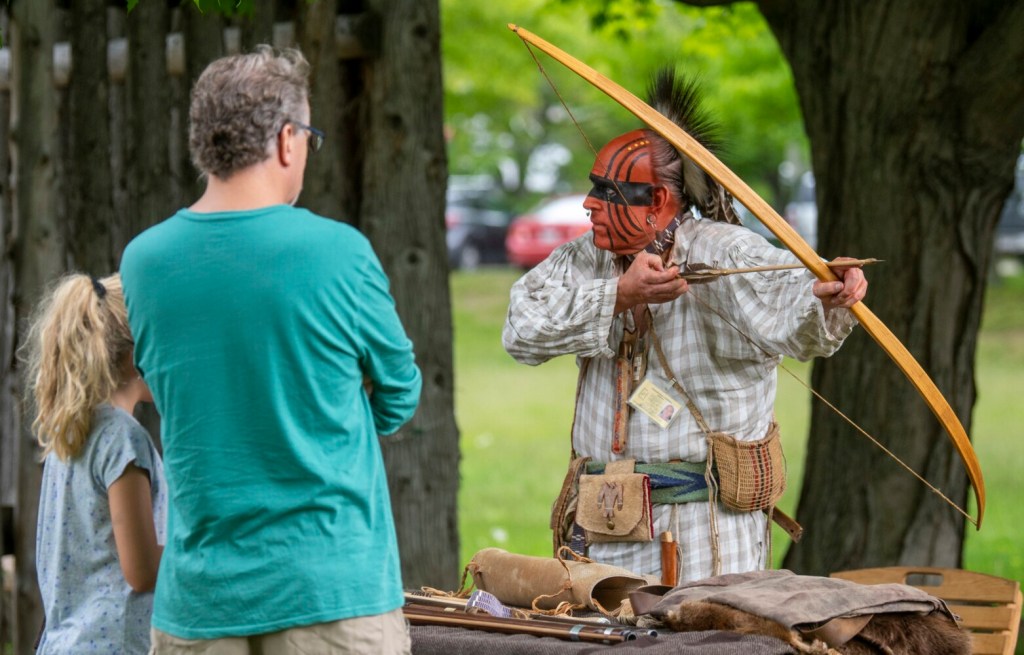
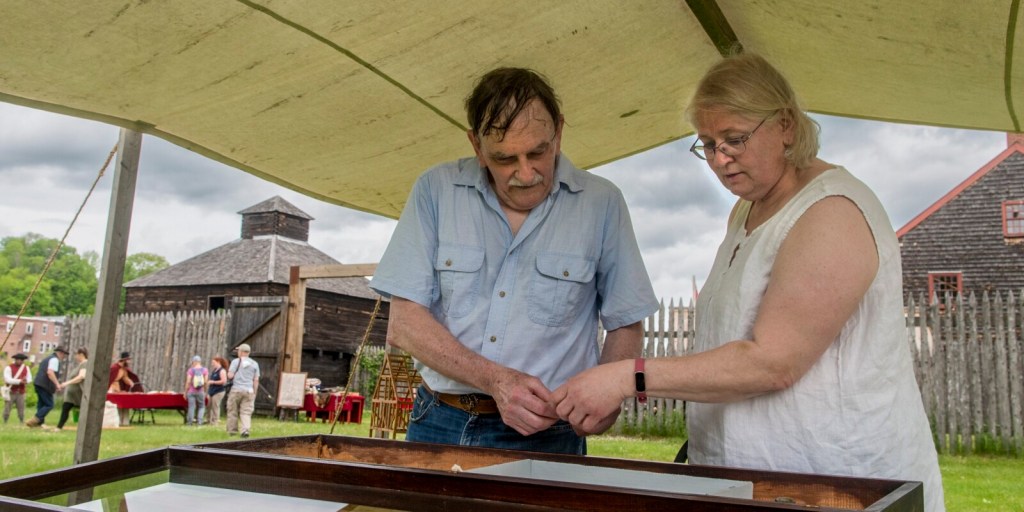
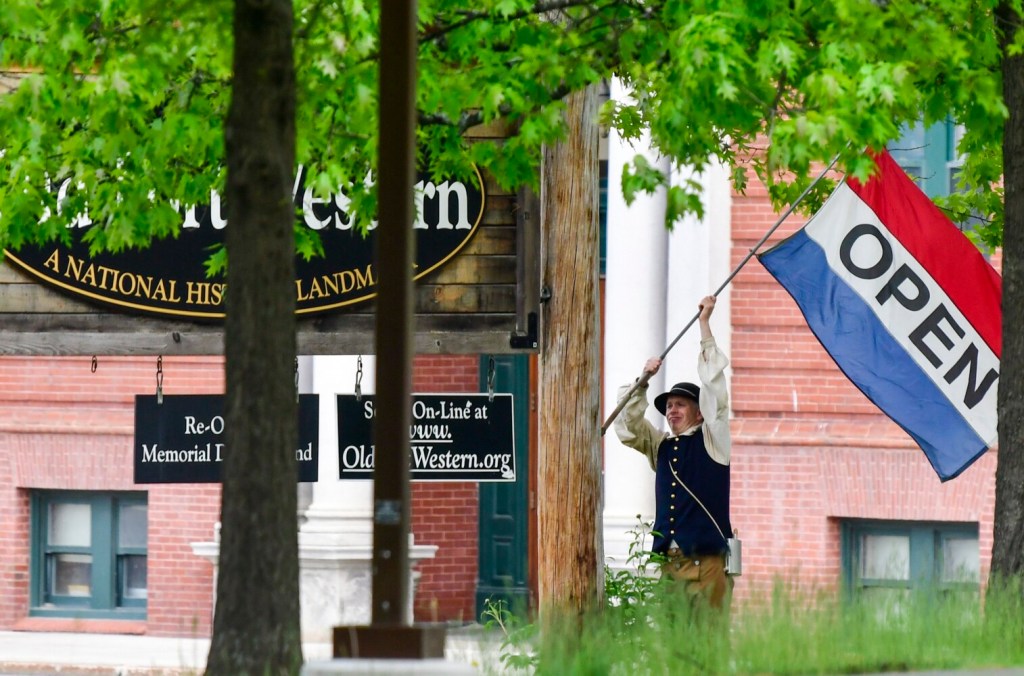
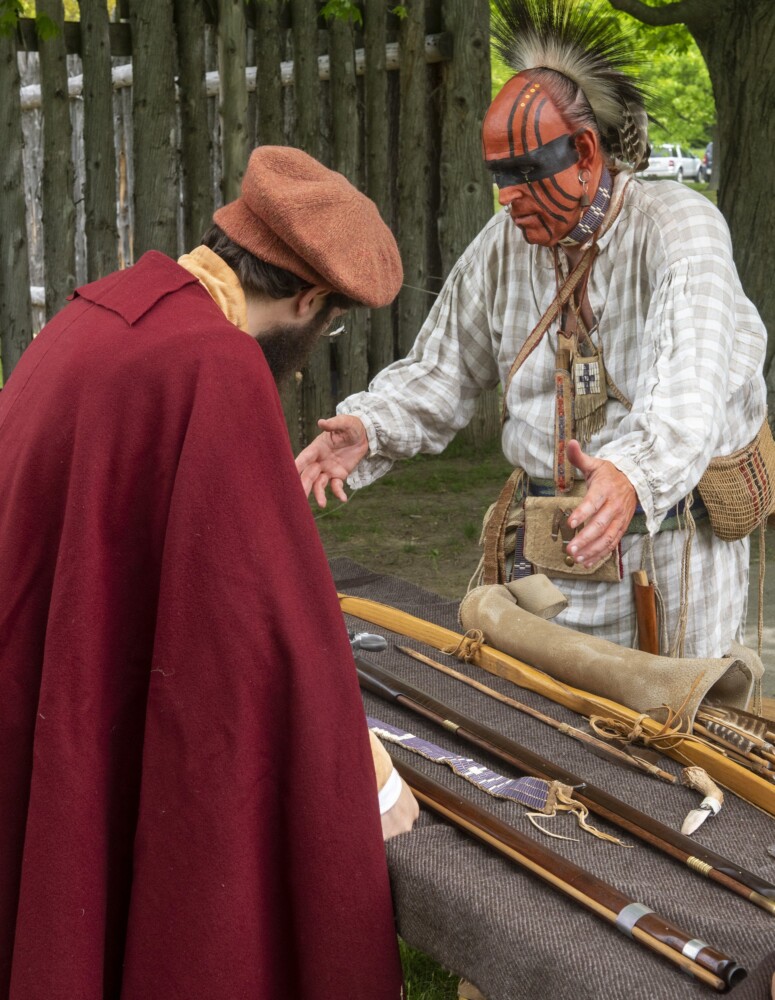

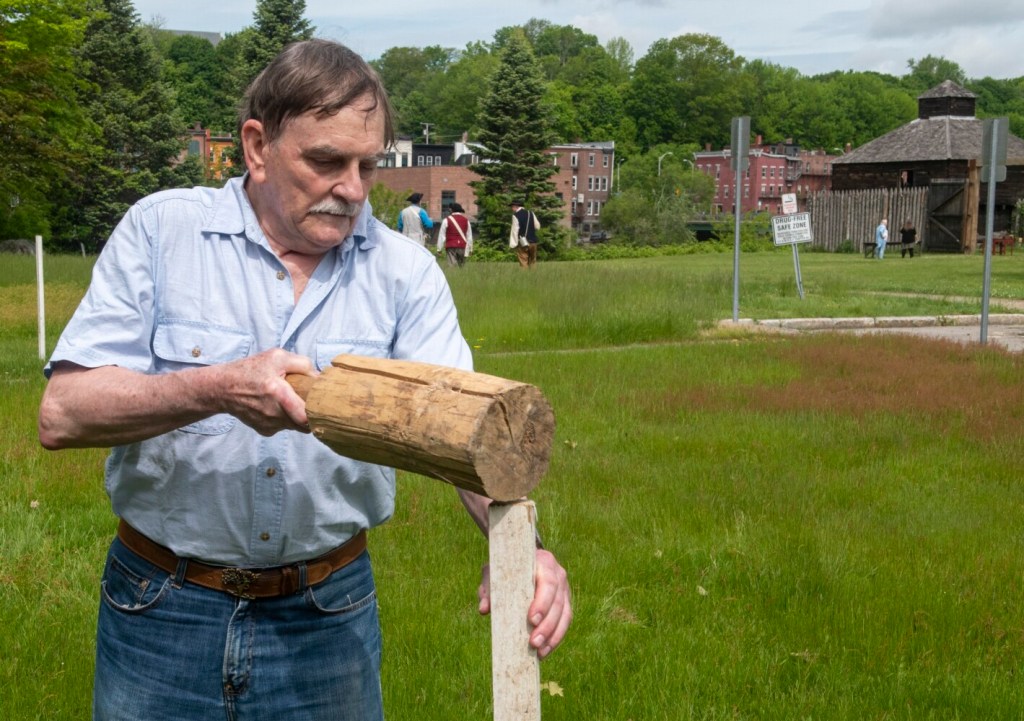

Comments are no longer available on this story